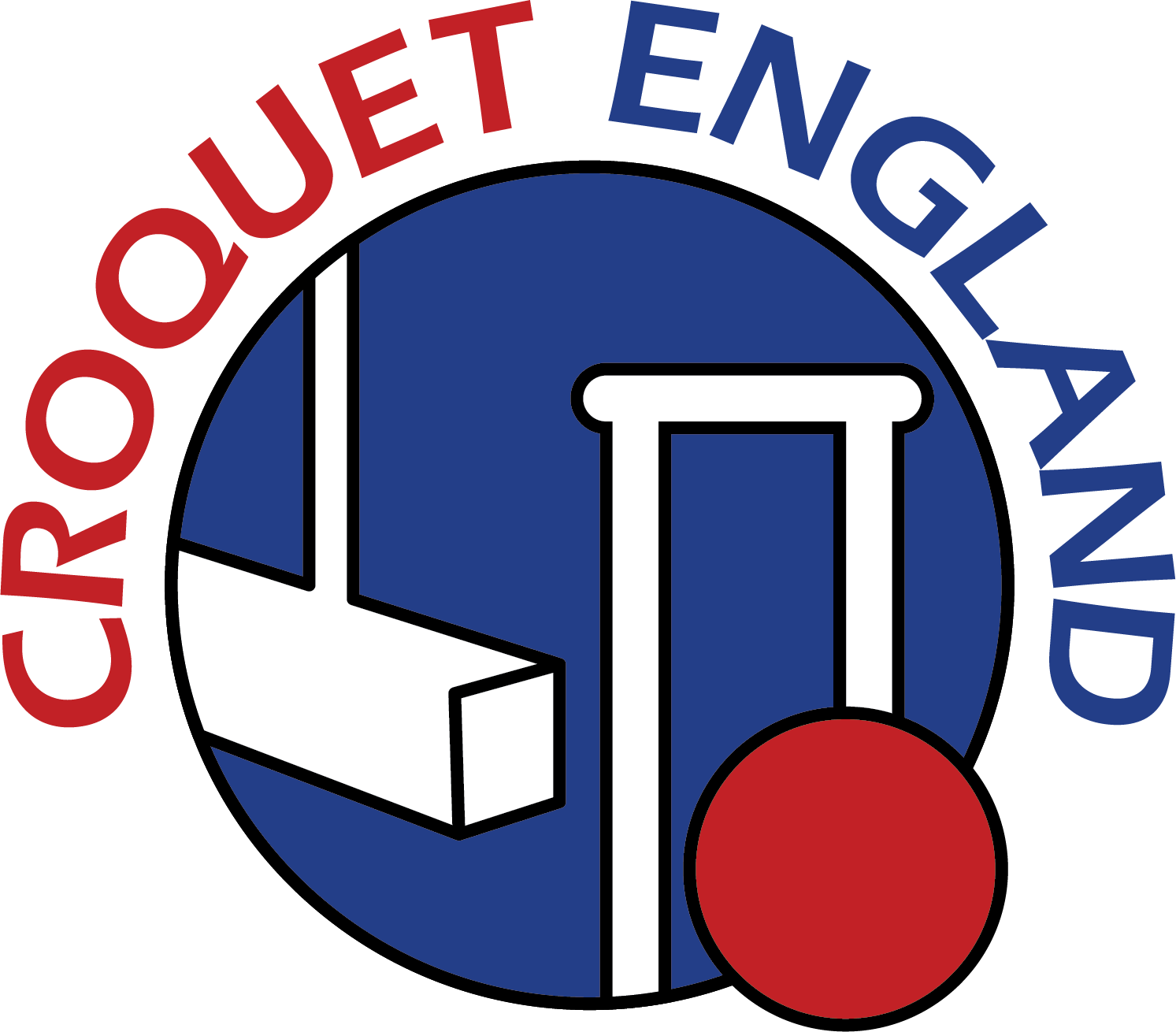Peter Dyke - Issue 29 (2011)
In 2005 the Golf Croquet Laws stated that “If the striker first strikes any ball other than the striker’s ball ..... a non-striking fault is committed”. The penalty for committing a non-striking fault was that the opponents chose whether or not to leave the balls where they came to rest or have them replaced and the side committing the fault missed a turn. Furthermore, for this particular fault the limit of claims was eight strokes (four for each side). Although the penalty was severe, I felt that it was fair and the original offender nearly always had to pay the penalty.
In 2008 the wrong ball law was changed. In singles if the striker plays his partner ball, there is no penalty; the balls are replaced and they continue by playing the correct ball. In all other cases of playing a wrong ball, the opponent chooses whether to leave the balls where they came to rest or have them replaced and as the sequence has been broken they may choose which ball to play next. However, the error must be noticed by the opponents before they play their next stroke, otherwise they have condoned the error and if they continue playing out of sequence, they become the offenders and are liable to be penalised. I have always felt uneasy about these changes – firstly, in singles if a player plays out of sequence why shouldn’t they be penalised? But more importantly I didn’t like the reduction in the limit of claims – I felt that all too often the wrong player could be penalised – but I didn’t feel strongly enough to object to the changes.
At the end of last season, something happened which has made me hate the wrong ball law even more. It was the semi-finals of our club’s level play golf croquet competition – a single game, best of 13 hoops, with a time limit. The first six hoops were hard fought with some excellent clearance shots by my opponent and the score was 3-all approaching hoop 7. My opponent played blue into the jaws; I attempted an ambitious jump shot from the boundary, missed the hoop completely and red finished in a good hoop-running position in front of hoop 8. Oppo played black onto blue, knocking it through the hoop and immediately asked for red to be moved to the east boundary penalty spot. Red was in the way, so I rolled it towards the penalty spot before playing my next shot. I then played yellow to a good position, slightly angled a yard in front of hoop 8. As I was walking towards red to retrieve it and place it on the penalty spot, oppo played black (wrong ball) to a good position, slightly angled a yard-and-a-half in front of hoop 8. I placed red on the penalty spot and played it to a good position, condoning oppo’s error and playing a wrong ball myself. Oppo then shot hard at yellow with blue, condoning my error, playing wrong ball himself, but missed. I was about to play yellow when I spotted blue on the boundary behind the hoop, and as that was the last ball to have been played realised that we were playing out of sequence, so blue was replaced and oppo played black, running the hoop and taking a two-hoop lead. So even though I had not committed the original error and I was the one to spot the error, I felt that I was the one who had been penalised. At the next hoop oppo enquired how much time we had left – I checked the timer – “three minutes“. I scored hoop 9 and oppo played short towards hoop 10 and although I got in good positions in front of the hoop during the extension period all he had to do was to hit me away, to win 5-4 on time. To rub salt into sore wounds, at the end of the game oppo proudly told me that this was the first time he had ever beaten me at golf croquet, either level or handicap. Oppo played well and may well have won the game, even if the error had not occurred, but at least I would not have felt cheated by the laws. The moral of this story is “If your opponent plays a stroke when you have your back to them, always check which ball they played before taking your turn.”

